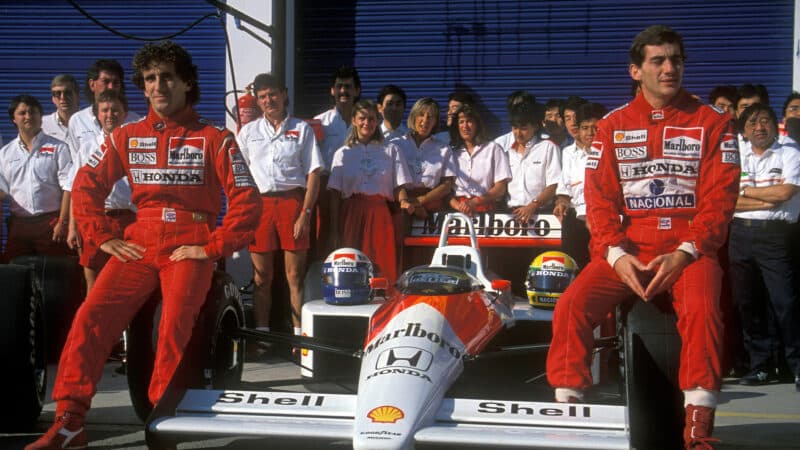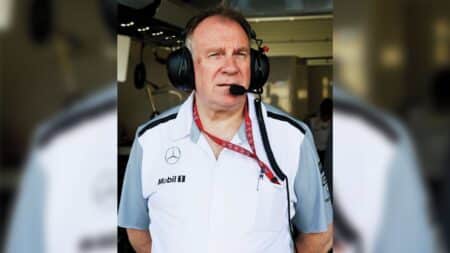These days, his focus is split between McLaren’s F1 Heritage programme – recently building a replica M23 “almost from scratch” – and the company’s forthcoming LMDh Hypercar project, set to compete at Le Mans in 2027.
The interview is packed with anecdotes from an extraordinary career that began at Williams in 1977. Oatley recalls being employee number 13, working alongside Patrick Head and Frank Williams as the team transitioned from underdog to powerhouse.
He also offers a wry take on one of F1’s enduring technical rumours: that the first Williams-run F1 car, a supposed ex-March 761, was likely “a mix of 741, 751 and 761 bits.”
There are honest reflections, too, especially on missed opportunities. “We should have won the 1981 F1 drivers’ world championship… and we should have won the 2003 and 2005 championships too, with McLaren and Kimi [Räikkönen],” he says.
Asked about retirement, Oatley is unequivocal: “Oh no. I have absolutely no plans to stop. I love it. It’s a vocation – a hobby that turned into a career.”
From sneaking off to Brands Hatch as a boy to leading McLaren’s engineering efforts during its greatest years, Oatley’s is the story of a quiet giant in Formula 1. His impact spans cars, championships, and generations of drivers. But you won’t hear that from him.
As the piece concludes: “Neil Oatley really is the ultimate F1 ‘lifer’, and his career, which is ongoing, has been, and continues to be, a truly great one.”






